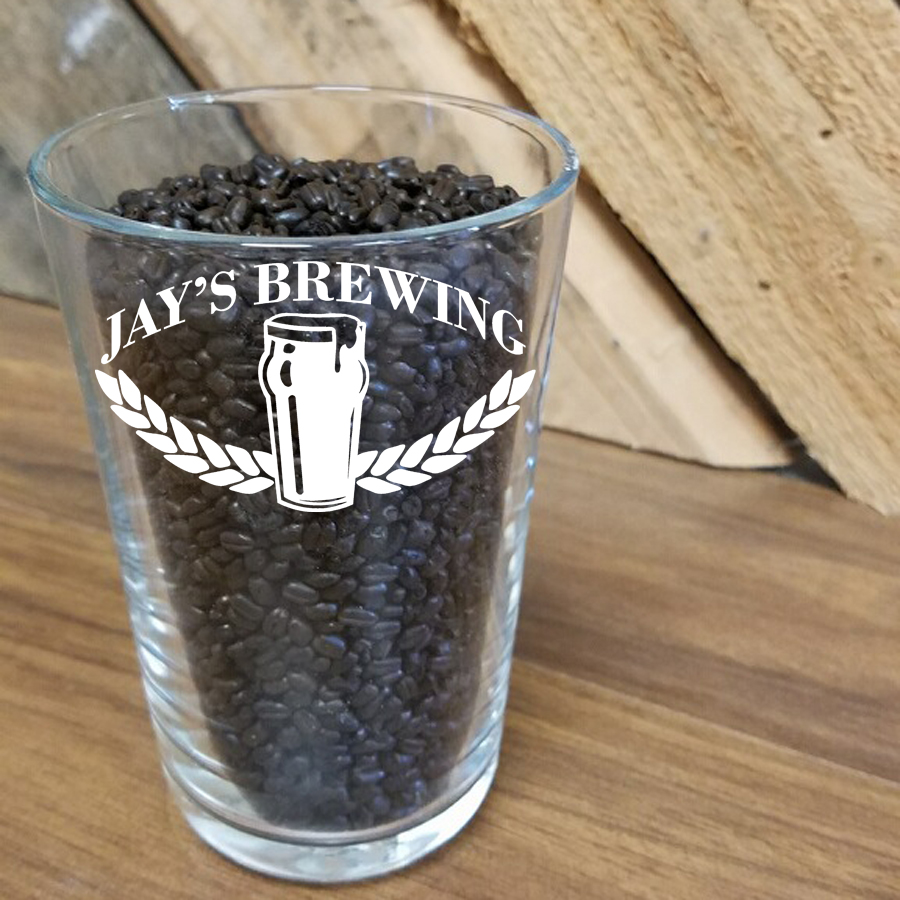A great beer to have on tap is an ESB. So what is an ESB? ESB stands for Extra Special Bitter. It’s a British style beer and one that is very much like our Pale Ale. A normal Bitter is about 3.8%, the extra special ones are above 4.8%. This particular one is 5.7%. ESB are pretty easy beers to drink.
Notes On This Beer Recipe
This beer is going to have a caramel undertone to it. This is because it has crystal malt in the recipe. Being that it has 60L it is going to give it bit of color. The malt extract is six pounds of dry malt extract, it’s pretty standard for most pale ales. Being that it is six pounds, it will give a nice malt back bone and also give the beer a higher ABV compared to a standard bitter. The hops in this beer are not too high in alpha acid, this allows for a well-rounded hop flavor and aroma (again, very much like a Pale Ale). The after taste is one that is going to be malt forward but well-balanced. This is just a beer that is easy to drink no matter what time of year it is, and one that is pretty easy to share with friends and family. Really at the end this isn’t fancy beer, but there is beauty in simplicity
Ingredients
13 oz 60L crystal Malt
6 lbs Malt Extract Light (DME)
2 oz Tettnanger (60min)
1/2 oz Willamette (15min)
1 oz Tettnanger (10min)
WLP 001
Specifications
OG: 1.056
FG: 1.013
IBU: 37
SRM: 13
ABV: 5.4%
Yield 5 Gallons
Directions
- Heat 2.5 gallons of water to 150
- Steep grains for 30 minutes
- Take grains out
- Add malt extract in
- Bring to boil
- Add 2 oz Tettnanger Hops
- Boil for 45 minutes
- Add Willamette Hops
- Boil for 5 minutes
- Add 1 ounce of Tettnanger hips
- Boil for 10 minutes
- End boil
- Cool down, put in fermenter and pitch yeast
- Let it ferment for 7 days
- Put in bottles with 3/4 cup of corn sugar
- Let it sit for 21 days
- DRINK
If you are looking to do it all grain, I would use the M.O for the base malt. It will give it a bit more flavor. Then again, if you wanted to just make a cheap beer for the summer time, you can use just regular 2-Row and it would work as well
Enjoy
Related Post




February 1, 2013 at 12:37 pm
funny how you always seem to post recipes for exactly what I’m looking to brew.
batch I’m formulating is an ESB I’m brewing on my 50th birthday. I was actually playing around with a SMaSH (another one you recently posted about) nothing to do with my birthday and the numbers lined up in a happy accident: OG 1.050, IBU 50, SRM 5.0 and ABV 5.0%
a little light in color for an ESB, but the BJCP doesn’t need to know
February 1, 2013 at 1:06 pm
Exactly! I’m sure that’s gonna be good!!!
February 3, 2013 at 7:22 pm
Well this is a timely post. Failing miserably with an ESB finally gave me the push I needed to get serious about understanding brewing water. After reading, rereading, and reading again most anything I could find about the subject I finally sent a water sample to Ward Labs and can’t wait to give ESB’s another go. My water as it is is miserable for lighter beers, but I’m eager to brew something lighter in color that I can share with the rest of my dark beer phobic family.
February 4, 2013 at 10:14 am
What’s a matter with your water? Have you thought about playing with the water chemistry?
February 4, 2013 at 3:32 pm
I should get the actual water report by tomorrow, but brewers in my area complain about the water being too hard and way to high in alkalinity. I’m beginning to understand what Palmer has to say about RA, mash pH and the sulfate:chloride ratio. I think this info tells me why my all grain dark beers turn out better than the all grain lighter beers, and why my extract IPA’s turned out very well. Not that IPA’s are necessarily light in color, but I think the ready made extract and hop levels mask any water issues (I always remove chlorine and chloramine). So after doing all this research I picked up some gypsum and calcium chloride, since it seemed that I’d be using those two ingredients the most. On a whim, I used some bottled spring water, looked up the average numbers for that particular brand, punched them into the EZ-Water calculator, played with the calcium chloride additions, and settled on adding 1/2 tsp to my porter recipe to see what would happen. The calculator’s numbers looked good, the finished wort tasted better than ever, and so I think I’m on the right track.
I’m still very much a beginner when it comes to understanding water adjustments, but I’m glad I made the effort.
February 4, 2013 at 3:35 pm
That’s the best way to learn!